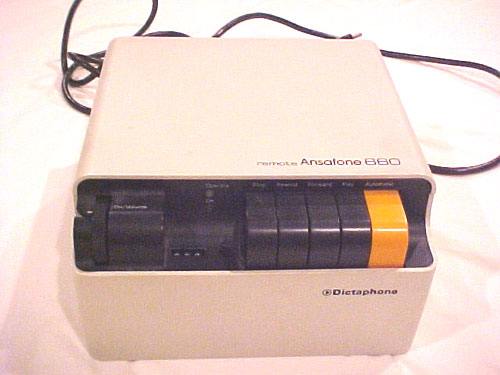With the advent of transistor electronics and greater competition, the base cost of the machine itself was beginning to drop. In 1958 ITT introduced its Code-a-Phone business answering machine, and 1961 offered a low-price unit for small businesses and individuals. Code-a-Phones sold well in those areas of the United States served by independent telephone companies–a small percentage of the market, indeed, but still a large number of customers. Similar small, lower-cost machines were beginning to emerge as well. The Ansaphone, for example, appeared in 1960. This machine was later distributed by Dictaphone Corp. 1962 Robosonics Inc. of New York introduced the Robosonic Secretary in 1962, which was another inexpensive tape-based machine, as was the company’s 1963 Record-O-Phone, which featured remote message retrieval using a whistle called the Telekey.
European developments were by this time moving more slowly. There were still central-office call recorders in use, and Telefunken introduced a small automatic answering machine in 1966. However, by the mid -1960s the size of the U.S. market for answering machines was now probably larger than in Europe.
